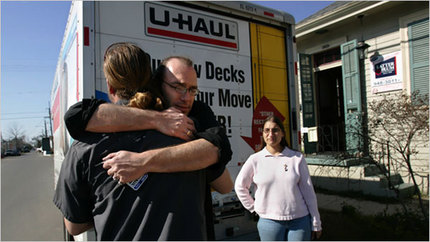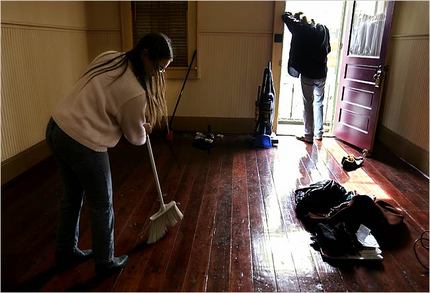(p. A19) This month, the New Orleans overhaul entered a new stage. On July 1, [2018] the state returned control of all schools to the city. The charter schools remain. But a locally elected school board, accountable to the city’s residents, is now in charge. It’s a time when people in New Orleans are reflecting on what the overhaul has, and has not, accomplished.
So I decided to visit and talk with students, teachers, principals, community leaders and researchers. And I was struck by how clear of a picture emerged. It’s still a nuanced picture, with both positives and negatives. But there are big lessons.
New Orleans is a great case study partly because it avoids many of the ambiguities of other education reform efforts. The charters here educate almost all public-school students, so they can’t cherry pick. And the students are overwhelmingly black and low-income — even lower-income than before Katrina — so gentrification isn’t a factor.
Yet the academic progress has been remarkable.
Performance on every kind of standardized test has surged. Before the storm, New Orleans students scored far below the Louisiana average on reading, math, science and social studies. Today, they hover near the state average, despite living amid much more poverty. Nationally, the average New Orleans student has moved to the 37th percentile of math and reading scores, from the 22nd percentile pre-Katrina.
This week, Douglas Harris — a Tulane economist who leads a rigorous research project on the schools — is releasing a new study, with Matthew Larsen, another economist. It shows that the test-score gains are translating into real changes in students’ lives. High-school graduation, college attendance and college graduation have all risen.
One example: In most of Louisiana, the share of 12th graders going directly to college has fallen in recent years, probably because of budget cuts to higher education. In New Orleans, Harris and Larsen report, the share has jumped to 32.8 percent, from 22.5 percent before Katrina.
People here point to two main forces driving the progress: Autonomy and accountability.
For the full commentary, see:
Leonhardt, David. “A Better Way to Run Schools.” The New York Times (Monday, July 16, 2018): A19.
(Note: bracketed year added.)
(Note: the online version of the commentary has the date July 15, 2018, and has the title “How New Orleans Is Helping Its Students Succeed.” Where the two versions differ, the passages above follow the online version, which includes a few sentences not included in the print version.)
The Harris and Larsen report, mentioned above, is:


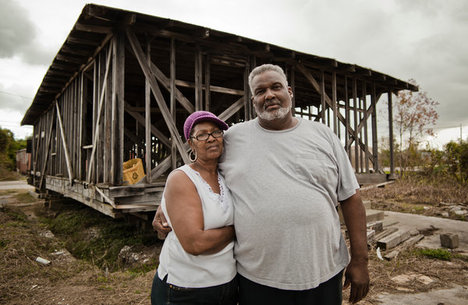

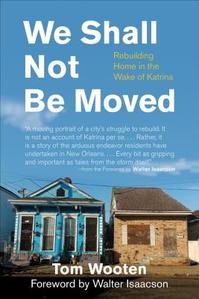


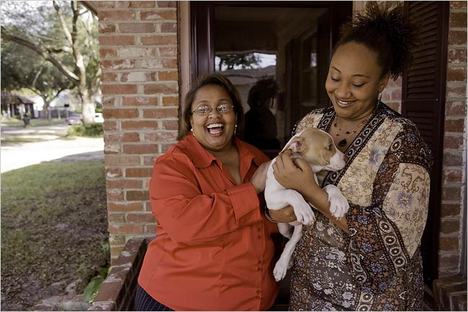
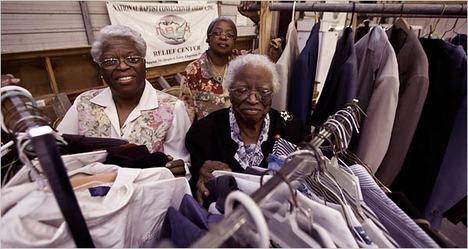
 "City officials in New Orleans put this house, which flooded up to the floorboards when Hurricane Katrina hit and has undergone $90,000 in repairs, on a list of properties to be demolished because it supposedly was "in imminent danger of collapse."" Source of caption and photo: online version of the WSJ article quoted and cited below.
"City officials in New Orleans put this house, which flooded up to the floorboards when Hurricane Katrina hit and has undergone $90,000 in repairs, on a list of properties to be demolished because it supposedly was "in imminent danger of collapse."" Source of caption and photo: online version of the WSJ article quoted and cited below.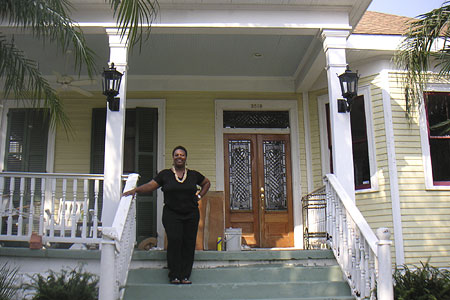 "Mrs. Debose, a 36-year-old lawyer, used to dream about living here when she was growing up in a housing project nearby. "Ooh, when I get rich, I’m going to buy that house someday," she recalls thinking. She and her husband, Stanley, rescued about 25 people in his boat after Katrina inundated the neighborhood." Source of caption and photo: online version of the WSJ article quoted and cited above.
"Mrs. Debose, a 36-year-old lawyer, used to dream about living here when she was growing up in a housing project nearby. "Ooh, when I get rich, I’m going to buy that house someday," she recalls thinking. She and her husband, Stanley, rescued about 25 people in his boat after Katrina inundated the neighborhood." Source of caption and photo: online version of the WSJ article quoted and cited above.